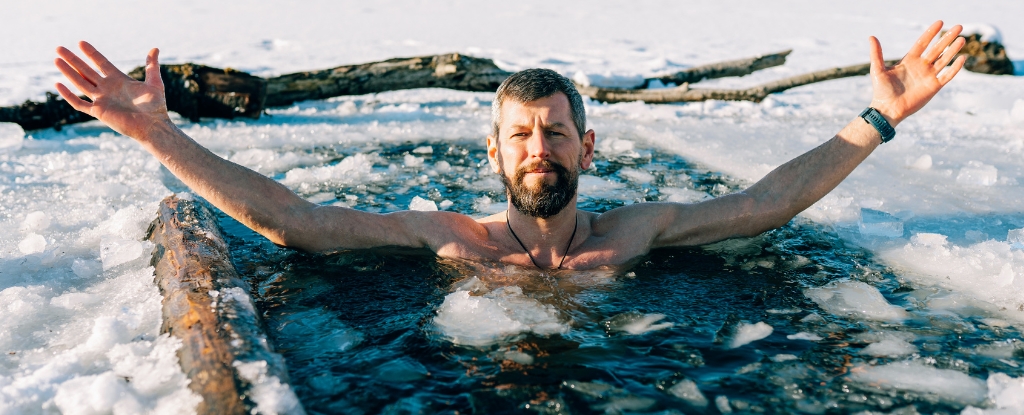Chilling Out? Expert Advice on Staying Safe with the Ice Bath Trend

The ice bath trend is sweeping across Ireland and beyond, promising everything from improved recovery to boosted immunity. You've likely spotted them popping up in trendy gyms and wellness studios, often alongside saunas in a 'contrast therapy' setup. But before you take the plunge, it's crucial to understand the risks and how to stay safe. While there *can* be benefits, improperly managed cold exposure can be dangerous.
What's the Fuss About Ice Baths?
The appeal of ice baths, also known as cold water immersion (CWI), lies in its purported benefits. Proponents claim they can reduce muscle soreness after intense workouts, improve circulation, enhance mood, and even strengthen the immune system. The theory behind it involves the 'cold shock' response, which releases hormones like adrenaline and noradrenaline, and the potential for hormesis - a process where mild stress can lead to cellular adaptation and resilience.
The Risks Involved
However, it's not all cool and calm. Ice baths pose several risks, particularly for individuals with pre-existing health conditions. These include:
- Hypothermia: Prolonged exposure to cold water can rapidly lower your core body temperature, leading to hypothermia.
- Cardiovascular Strain: The sudden shock of cold water can cause a rapid increase in blood pressure and heart rate, potentially dangerous for those with heart conditions.
- Cold Shock Response: Gasping and hyperventilation immediately upon immersion can lead to inhaling water.
- Nerve Damage: Extended exposure can damage peripheral nerves.
6 Tips for Safe Ice Bathing in Ireland
So, you're still intrigued? Here's how to enjoy the potential benefits of ice baths while minimizing the risks, specifically tailored for the Irish climate and gym environments:
- Consult Your Doctor: This is *essential*, especially if you have any underlying health conditions (heart problems, high blood pressure, diabetes, Raynaud's syndrome, etc.).
- Start Slow & Short: Begin with brief exposures (30 seconds to 1 minute) at a slightly cooler temperature (10-15°C / 50-59°F). Gradually increase the duration and decrease the temperature as you become more accustomed to the cold.
- Monitor Your Body: Pay close attention to how you feel. Shivering is a warning sign. Get out immediately if you feel dizzy, lightheaded, or excessively cold.
- Never Ice Bath Alone: Always have a spotter present who can assist you if needed.
- Warm Up Properly Afterwards: Don't rush the process. Dry off thoroughly and dress in warm clothing. Gentle movement and a warm drink can help restore your body temperature.
- Temperature Control: Ensure the water temperature is consistently monitored and maintained within a safe range. Reputable facilities will have protocols in place for this.
The Verdict: Proceed with Caution
The ice bath trend offers potential benefits, but it's not without risks. By following these safety tips and consulting with a healthcare professional, you can navigate this trend responsibly and enjoy the potential rewards without jeopardizing your health. Remember, listening to your body is key – if something doesn't feel right, stop immediately.






